SUPERIOR-NATURAL-STONE-WALL-CLADDING-BEAUTIFUL-STONES-TILES-MOST-ELEGANT-SANDSTONE-LIMESTONE-TILES -WALLS-SPLENDID-ARCHITECTURAL-STONE-COLLECTION-NATURAL-STONE-VENEER-BEAUTIFUL-NATURAL-STONES-ELEGANT-NATURAL-TILES-WALLS-SPLENDID-ARCHITECTURAL-BEST-STONE-COLLECTION-BY-BHANDARI-MARBLE-GROUP-INDIA
India is one of the leading countries in the natural stone industry. Its years of focus on mining and manufacturing have developed technology and production processes that keep the quality high with the capability to make large quantities of stone slabs. India’s large labor force also keeps processing costs lower than other countries with smaller populations like Spain. Over the past decade, the government has made significant investments in infrastructure and technology that promise to further improve the natural stone industry around the country. Better roads and energy availability mean natural stones will be delivered for export with greater efficiency. Other nations source all sorts of stones from India, from flooring slabs and tombstones, to tiles and landscaping stones for gardens.
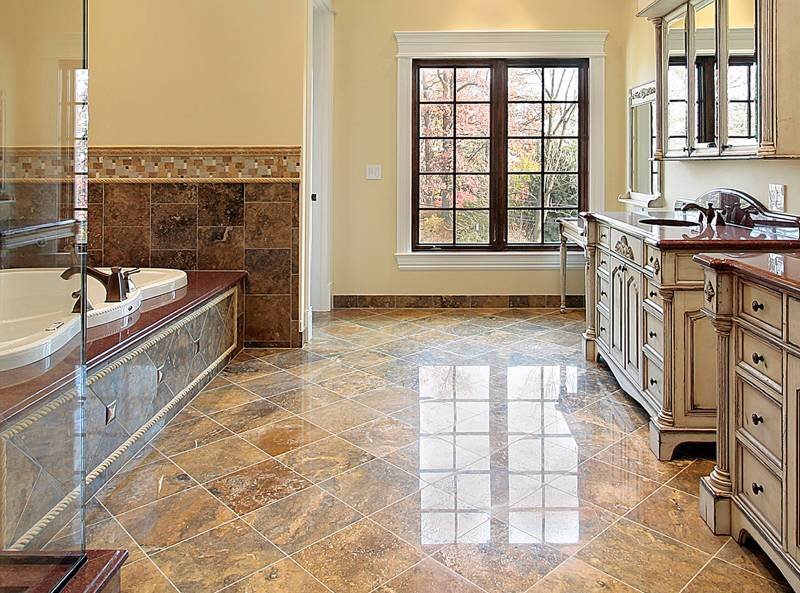
To the buyer, natural stones all pretty much look the same. Granite is granite, marble is a marble. The only differences, they believe, are the pattern, color, and other decorative aspects of the slabs. It doesn’t matter to them where the stones come from. They also don’t have a lot of information on quality differences across regions. As they become more discerning, buyers come to understand that where stones are resourced has a huge impact on durability, beauty and price. India has long been one of the world’s premier natural stone suppliers. It’s a leader in the stone supply world, offering up the finest granite and exotic materials to customers around the globe. Here are four different types of natural stone that are made in India and exported abroad.
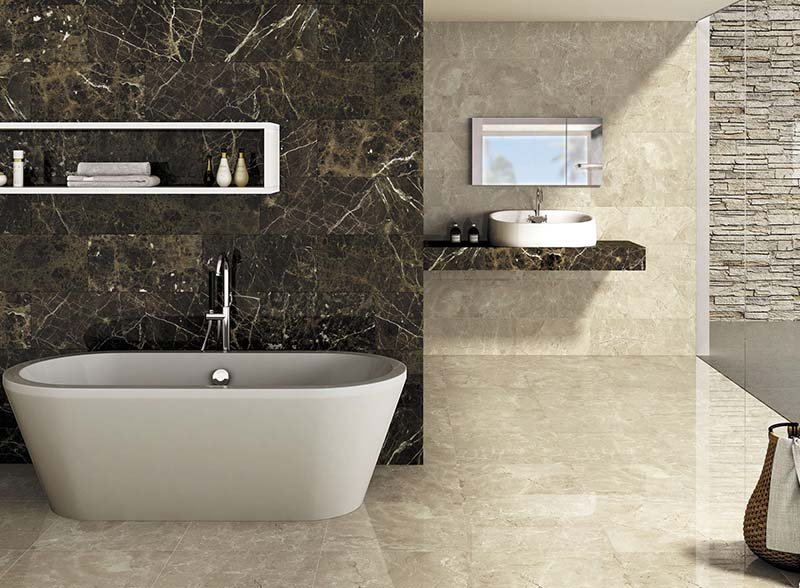
1. Marble
If you’re ever lucky enough to travel to India, you’ll discover that the country is home to some of the finest marble structures in the world. The most famous among them all is the Taj Mahal. The Taj is recognized as one of the most beautiful buildings in the world. It’s made of Makrana marble and is filled with an intricate tile design that draws in millions of visitors each year. For a long time, marble was known in India as the royal stone. Many palaces, temples, and royal tombs are made out of marble. As India’s economy has grown, more high-end offices and hotels use marble for decoration. India is also home to the largest marble-producing area in the world located in Udaipur that churns out Rajnagar marble. Other unique Indian marbles include Salumer (Onyx) marble, Abu Black marble, Katni Range, and Indian Green marble. Most of the names denote a unique pattern or color found in Indian stone markets. Indian Green marble is mined in Rajasthan, and its name is famous all around the world.

2. Granite
Granite is an igneous rock that’s commonly found in India. Thankfully, due to popular global demand, Indian stone manufacturers work hard to produce rare granite slabs with beautiful patterns for customers. Granite has become so popular over the last several years because it’s resistant to heat, water, pressure and is relatively low maintenance. Granite countertops, bathrooms, and other finishes can be found in most new home construction in the United States. One of the best-selling points of Indian granite used for countertops is the assortment of colors and patterns available. Colors range from pink to copper and green. There are literally hundreds of different patterns and colors to choose from. There are an estimated 37 million cubic meters of granite reserves in India. Most reserves are located in the Indian states of Andhra Pradesh, Jharkhand, Karnataka, Orissa, and Tamil Nadu. Given that India is only the fifth-largest granite producer in the world, its reserves indicate there is more upside to come.
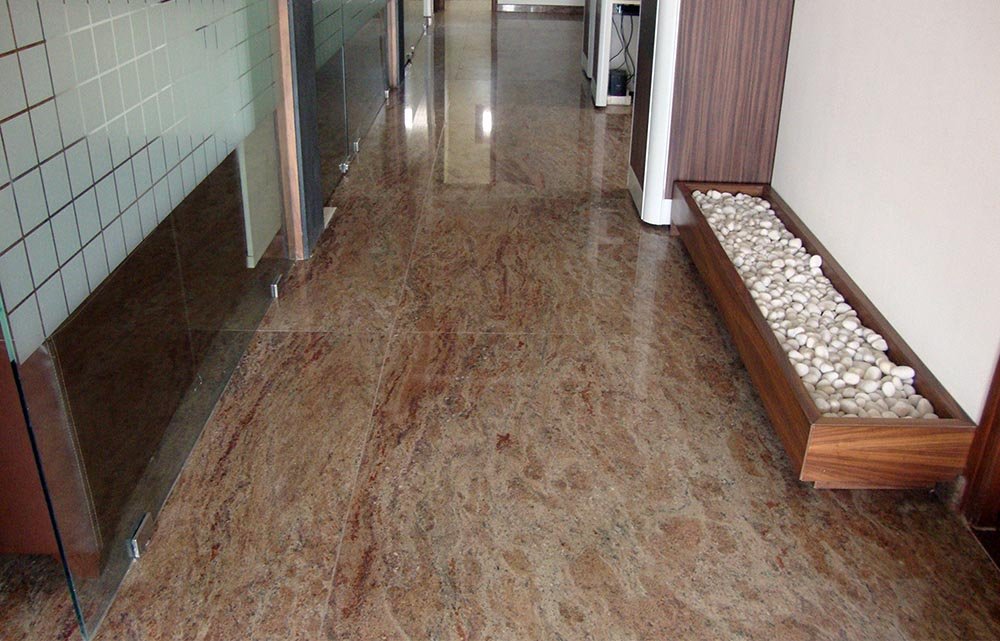
3. Quartzite or Slate
Quartzite is a metamorphosis rock that has high silica content. In general, silica content needs to be at least 70 percent. Quartzite is also referred to as slate. Slate reserves abound in India. They’re found in a variety of states in the country and have global recognition for quality and design. Some of the most famous slab design names include Silver Shine, Peacock, Kund Black, and Deoli Green. Slate or quartzite is typically more fragile than granite, so it’s usually reserved for indoor use, making it a good product for interior design projects. The rarest deposits of quartzite are located in Himachal Pradesh, in the Himalayan region of the country. Due to heavy snow during half the year, only small quantities of the stone can be mined. Homeowners love to purchase Himachal Pradesh quartzite because they can truly be one of a kind.
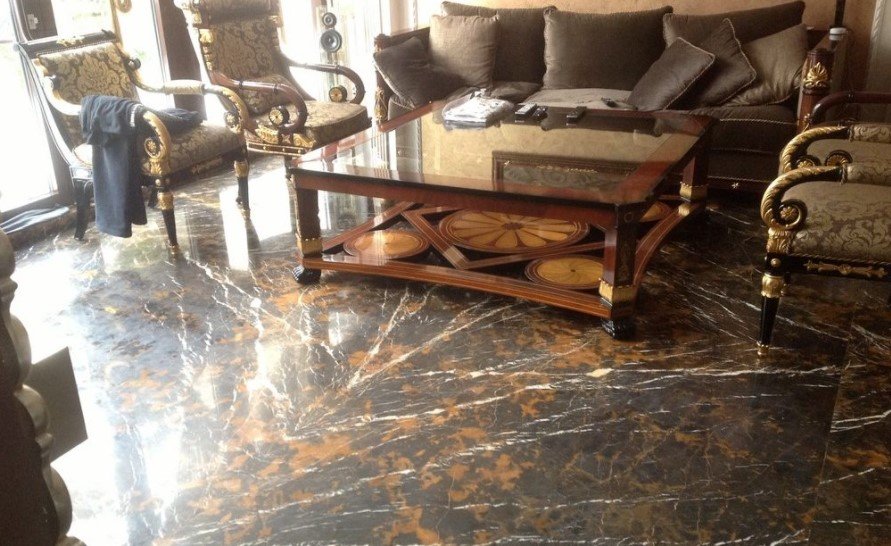
4. Sandstone
Beautiful sandstone is also a popular Indian export. Sandstone reserves can be found across the entire country, but over 90 percent of India’s sandstone is found in Rajasthan. Because sandstone can be hard to find, India is one of the world’s leading exporters. The different colors and quality of sandstone make India a preferred source location. The high-quality sandstone from India is suitable for projects inside and outside, which can be hard to find. Some of the most popular sandstone names from India include Mint Fossils, Agra Red, Raj Green and Teak. One of the main limitations of sandstone is that it’s hard to find some slabs when the thickness is a top requirement. Because sandstone is a layered stone, the thicker they are, the more fragile they become. Sandstone, though, is a beautiful option for interior design.
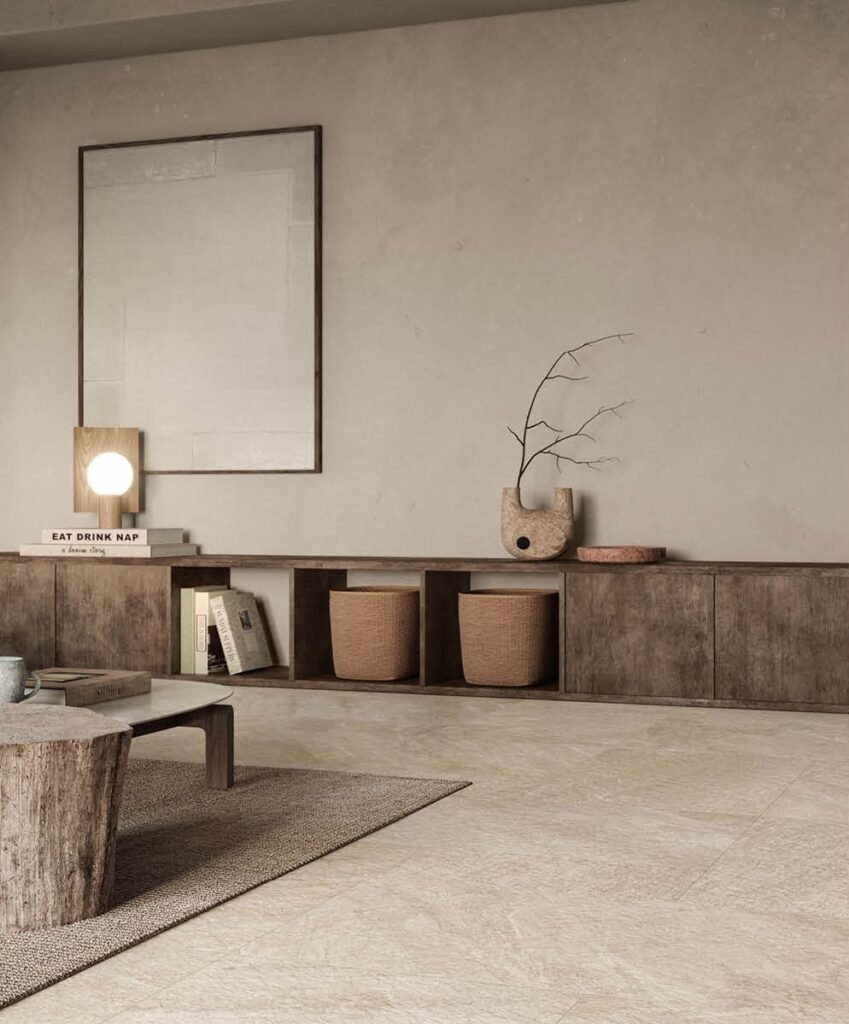
Top 4 Driving Factors
1. The Look
As technology is advancing, artificial stone claims to offer more of a realistic and aesthetic look. They are manufactured to offer a wide range of colors and styles that can meet different requirements.
2. The Cost
It is commonly believed that artificial stone is more affordable than natural stone. Artificial stone is 20-30% lighter than natural stone while each slab is identical in design. This makes the installation process easier and affordable.
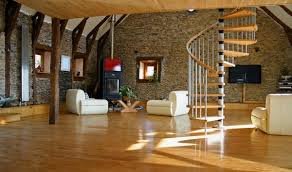
3. Durability
Durability is one of the main factors that decide which type will stand the test of time. Natural stone will always win the competition when it comes to durability and maintenance.
4. Versatility
One of the primary benefits artificial stone offers is that it can be installed on different substrates that are not structural such as a wood frame or masonry.
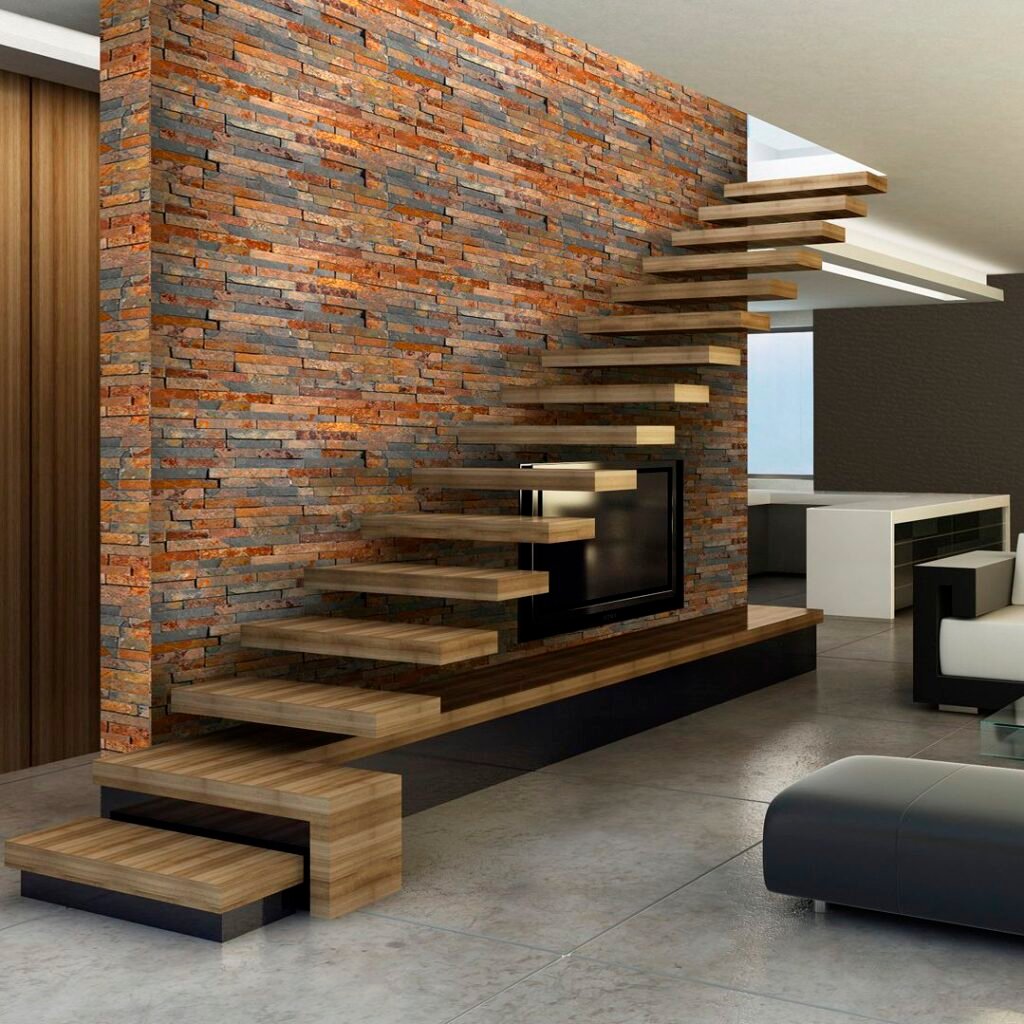
INDIA’S TOP AND WORLD’S BEST MARBLE, GRANITE AND STONE COMPANY
ADD BY EXPERT AND EXPORT TEAM OF BHANDARI MARBLE GROUP. CONTACT US ON; 9672941111.







